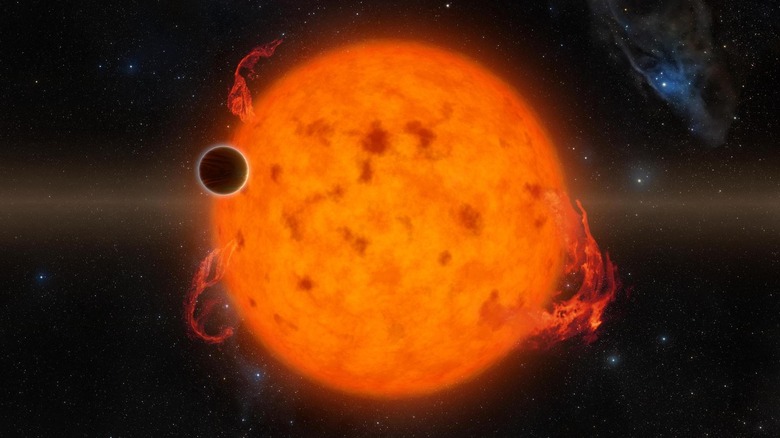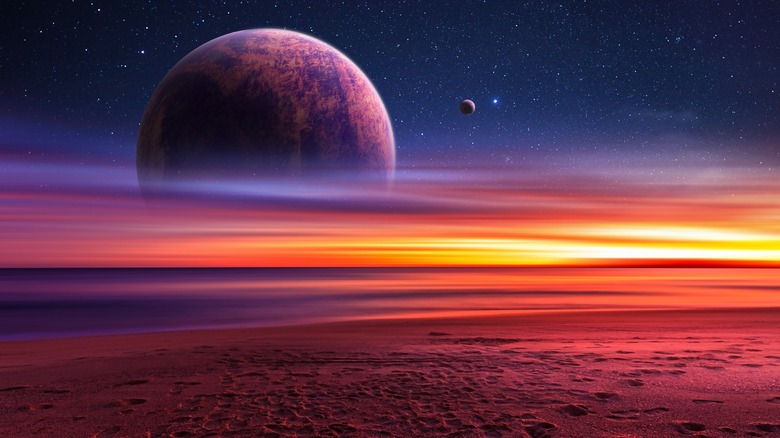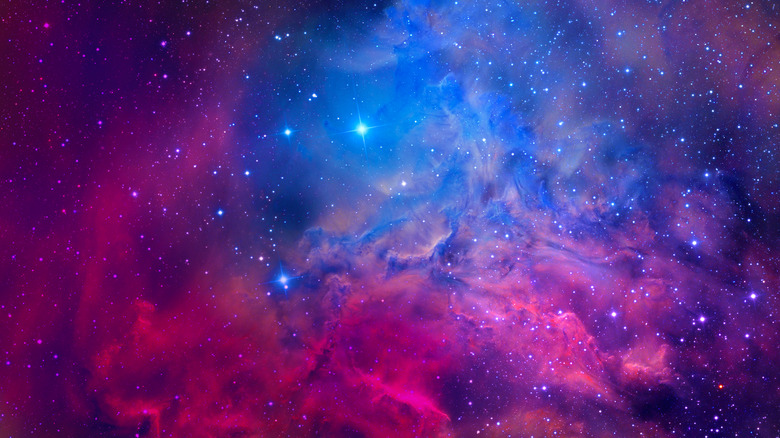Purple Planets, Not Green Ones, May Be Key To The Search For Alien Life
Science fiction films have shaped our collective imagination into believing that any planet harboring extra-terrestrial life would look like a lush green utopia, somewhat like Earth. But fresh research suggests that we should keep an eye on planets that look purple, instead of green, in our search for extra-terrestrial life.
"Purple bacteria can thrive under a wide range of conditions, making it one of the primary contenders for life that could dominate a variety of worlds," explains Lígia Fonseca Coelho, author of a remarkable paper that was just published in the Monthly Notices of the Royal Astronomical Society Letters. The paper, titled "Purple is the New Green: Biopigments and Spectra of Earth-like Purple Worlds," discusses methods and reasons to search for purple bacteria on distant planets.
The reason behind the optimism is the survival aptitude of these bacterial lifeforms, specifically the purple non-sulfur bacteria (PNSB) and purple sulfur bacteria (PSB). These aren't as sensitive to external factors like darkness, oxygen availability, or temperature as regular plants are. That versatility is due to their biological pigments, which can harvest light energy across different wavelengths, instead of relying solely on radiation in the visible range.
What's so special about purple bacteria?
The carotenoids (pigments that give color to vegetables like tomatoes and carrots) in certain purple bacterial species can tap into the energy of visible light, while bacteriochlorophylls (BChl) 'a' and 'b' can use the infrared (IR) band for harvesting energy. As a result, there's theoretically a much higher chance of finding these bacterial species on a distant planet orbiting an M-type (aka red dwarf) star that's cooler compared to our sun, a G-type (aka yellow dwarf) star.
With a reasonable probability of finding such bacterial life forms on alien planets, or at least with the intention of not missing their biosignatures, a team of scientists at Cornell is creating a database of colors and chemical signs for a wide range of organisms.
The team has collected over 20 purple sulfur and purple non-sulfur bacteria, and after assessment of their bio-pigments and light characteristics, they developed models of Earth-like planets with diverse climatic conditions and cloud cover. To put it more specifically, the team analyzed the reflectance of purple bacteria in a variety of oxygen-rich and oxygen-deprived conditions. When the data was fed into the model of these extraterrestrial environments, both hydrated and arid purple bacteria exhibited vividly colored life signs.
A guide for discovering alien life
The database not only covers Earth-like exoplanets, but also those that could be covered in oceans or even ice. The research postulates that Purple bacteria might be considered dominant due to their ability to utilize red to infrared light for photosynthesis. Given their versatility in harnessing energy, they could potentially flourish under the illumination of a red star. This new database is essentially a formula for telescopes to use when they take a deep peek at planets in the habitable zone of red dwarves — the most common type of star in our galaxy, making up nearly 75% of all stars in the Milky Way, according to NASA.
The team at Cornell is also putting in similar efforts for colorful minerals. "If purple bacteria are thriving on the surface of a frozen Earth, an ocean world, a snowball Earth or a modern Earth orbiting a cooler star, we now have the tools to search for them," Coelho told the Cornell Chronicle. Or, as the research paper concludes, "purple might just be the new green in the search for surface life."


